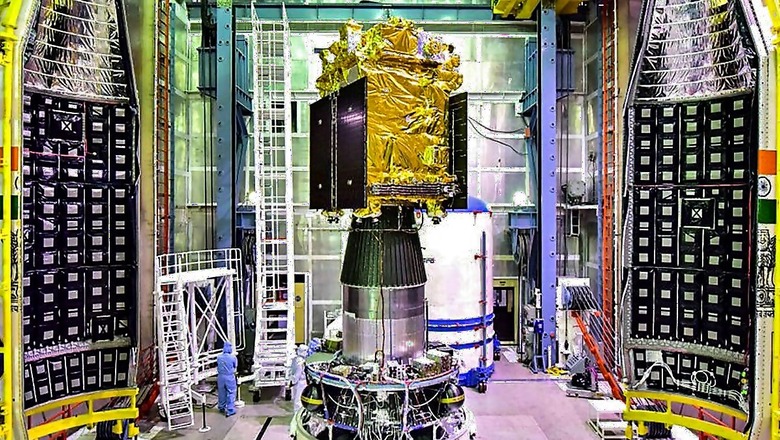
views
In 1995, NASA and the European Space Agency (ESA) came together for the Solar and Heliospheric Observatory (SOHO) mission, which was placed at the L1 point of the Earth-sun system, similar to what ISRO intends to do with Aditya-L1. SOHO is the longest-lived sun-watching satellite to date with the spacecraft managing to observe two 11-year solar cycles during which it has discovered thousands of comets.
However, many Indian solar physicists believe the Aditya-L1 mission and its payloads are far superior compared to NASA-ESA’s SOHO.
“During an eclipse, the moon exactly covers the photosphere and we are able to observe the solar corona right from the place where it starts. When we try to do it artificially, we have to put an occulting disk. The size of the occulting disk is very crucial, whether it is going to be the same size as the photosphere or bigger. There have been issues with the size of the occulting disk not being the same as the photosphere. So earlier NASA and ESA missions were not able to observe corona right from where it starts," explained Prof Ramesh, whose team has designed and developed Aditya-L1’s primary payload, the Visible Emission Line Coronagraph (VELC).
The birthplace of coronal mass ejections is where the solar corona starts. It is crucial to observe the corona in the solar atmosphere from the place it starts. That’s the edge of the visible disk of the sun.
Further comparing the two solar missions, the principal investigator of the VELC payload explained that the instruments on board are far superior compared to SOHO.
“They (NASA-ESA) were able to click one image every 15 minutes. We will be able to click photos of solar corona every minute. Any fast changes, we will be able to capture very effectively. We are also flying an instrument called a polarimeter, which is going to monitor magnetic field changes. It can give a forewarning that there will be a violent solar eruption," said Prof Ramesh.
So solar physicists from all over the world are very excited to look at the data that will come from Aditya-L1, which will be launched on September 2.
According to NASA, “One of SOHO’s most important discoveries has been locating the origin of the fast solar wind at the corners of honeycomb-shaped magnetic fields surrounding the edges of large bubbling cells located near the Sun’s poles".

















Comments
0 comment